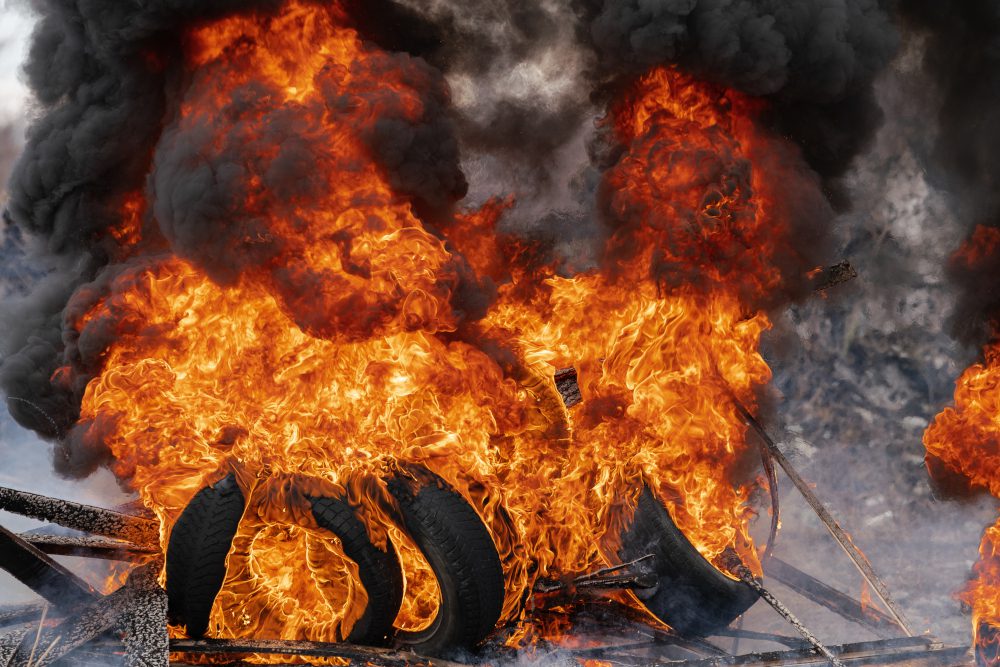Not all civil unrest leads to insurgency. But all insurgencies begin with unrest that was either ignored, misread, or dismissed as temporary noise. For organizations operating in fragile environments—especially those with field teams, strategic assets, or donor-backed infrastructure—the ability to distinguish between episodic protest and pre-insurgency conditions is a governance imperative. The right early-warning questions can mean the difference between strategic withdrawal and operational entrapment.
When Unrest Crosses a Threshold
Protests and riots are common in fragile states, especially near elections, during price spikes, or following governance failures. But certain indicators shift unrest from the realm of short-term volatility into something more structural. These include:
-
Targeted violence against state symbols, not just property
-
Emergence of parallel security actors (e.g., armed community patrols)
-
Overnight coordination of protest logistics, suggesting external support
-
Withdrawal of police or military from key zones, signaling loss of state control
-
Anti-government messaging that moves from grievance to doctrine
When unrest begins to generate its own infrastructure, ideology, or economy, it’s no longer spontaneous. It’s preparatory.
The Early Warning Test: Three Key Questions
1. Are the Protests Becoming Predictable?
When unrest follows patterns—specific days, locations, or social triggers—it suggests underlying organization. Insurgencies often grow out of networks that first test public response through visible mobilizations.
2. Is There a Growing Zone of Impunity?
Ask whether there are now areas where authorities no longer go. This may begin in rural peripheries but can quickly extend to border towns, informal settlements, or transport corridors. The creation of “no-go” zones is a hallmark of emerging insurgency.
3. Has the Rhetoric Shifted From Complaint to Conquest?
Early protests center on service delivery or reform. But when the narrative turns toward state illegitimacy, ethnic or ideological framing, or calls for autonomy or secession, the stage is set for armed mobilization.
Signs You’re Already Behind the Curve
If you’re seeing:
-
Donor assets being looted or redirected
-
Public statements of neutrality by local officials
-
Sudden field staff attrition or relocation
-
Repeated disruptions to logistics or communications
—then the insurgency likely has operational momentum, even if no group has formally declared it.
What to Do Next
For organizations operating in areas showing pre-insurgency patterns:
-
Review your field presence map and identify exposure by geography
-
Audit local partner relationships for signs of informal alignment or pressure
-
Shift to cash-free operations where possible to prevent diversion
-
Engage external analysts, not just internal staff, for risk confirmation
-
Develop an exit or adaptation plan that can be triggered by agreed thresholds
Insurgencies are rarely declared. They escalate. Your planning should move faster than the threat does.
Final Thoughts
Civil unrest becomes insurgency when legitimacy breaks and organized resistance takes root. The transition is rarely clean—but it is visible to those who know what to watch. Institutions that treat unrest as episodic often stay too long, lose credibility, or suffer avoidable losses. The test is simple: if the unrest is building infrastructure, doctrine, and territorial control, it’s no longer just unrest. It’s a forecast.







